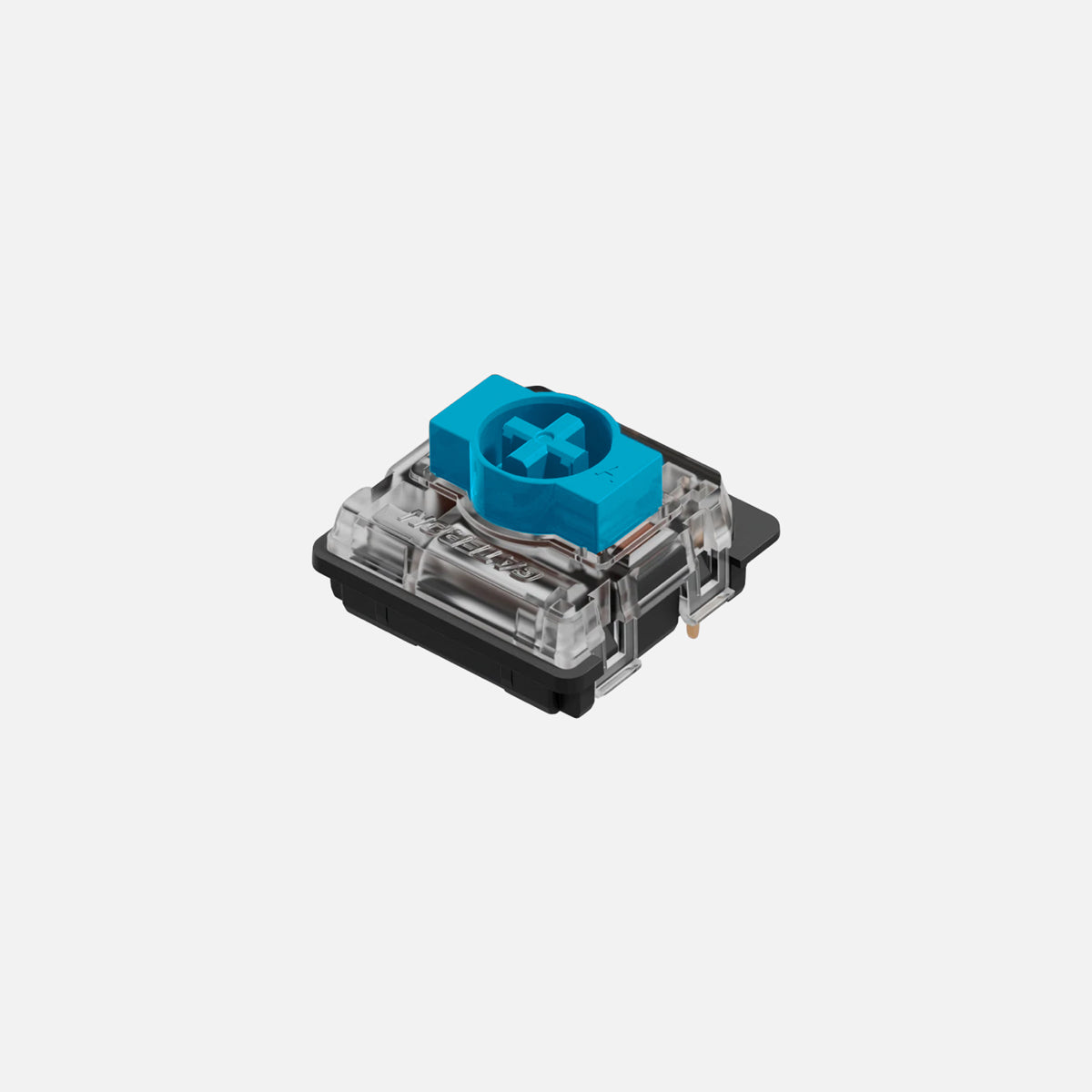Mechanical switches are an essential component in various industries, including automotive, aerospace, and manufacturing. They are used to control and regulate the flow of electricity, making them critical for the proper functioning of machines and equipment. In this article, we will explore the different components of a mechanical switch and their functions.
- Actuator
The actuator is the part of the switch that is physically manipulated to turn it on or off. It can be a button, lever, or toggle switch, depending on the application. The actuator is connected to the contacts inside the switch and moves them to complete or break the circuit. - Contacts
The contacts are the conductive parts of the switch that make or break the electrical connection. They are made of materials such as copper, silver, or gold, which have high conductivity and low resistance. When the actuator moves the contacts, they either touch or separate, allowing or blocking the flow of electricity. - Spring
The spring is a crucial component that provides the force to move the contacts. It ensures that the contacts make a solid connection when the switch is turned on and break cleanly when turned off. The spring can be made of various materials, including steel, brass, or beryllium copper, depending on the application. - Housing
The housing is the outer shell of the switch that protects the internal components from damage and provides a mounting surface. It can be made of plastic, metal, or a combination of both, depending on the application's requirements. - Terminals
The terminals are the connection points for the electrical wires or leads that are attached to the switch. They can be soldered, crimped, or screwed onto the switch, depending on the application.
In conclusion, understanding the components of a mechanical switch is essential for selecting the right switch for a particular application. Each component plays a crucial role in the switch's overall performance and reliability. By choosing the right switch and understanding its components, you can ensure the proper functioning of your equipment and machinery.

